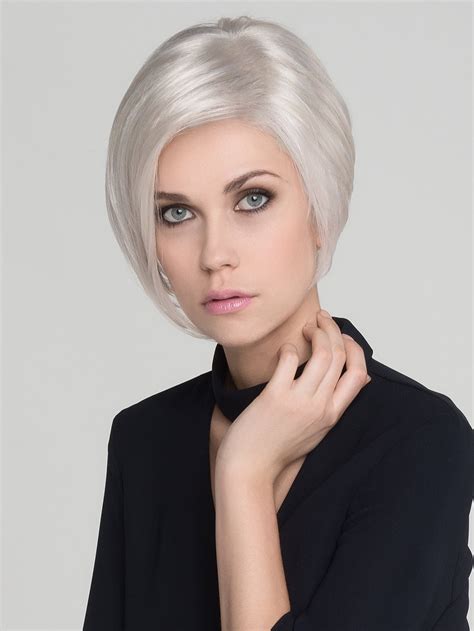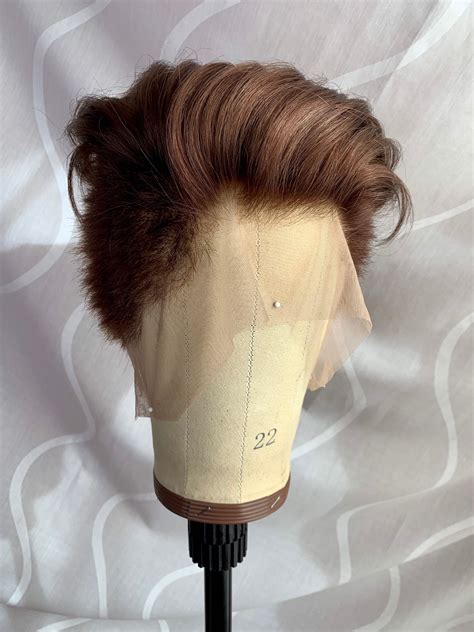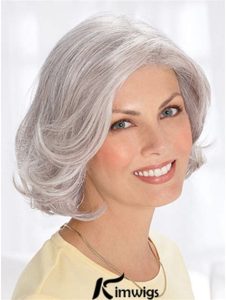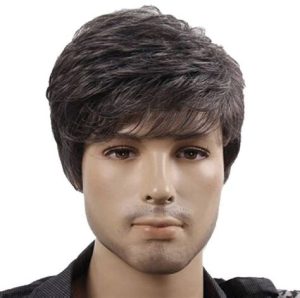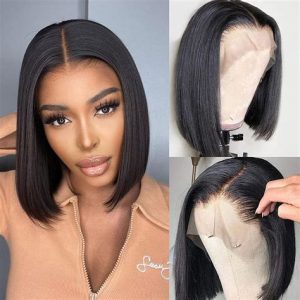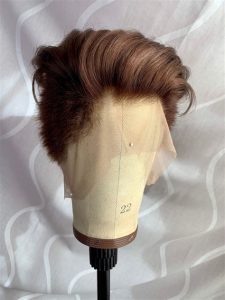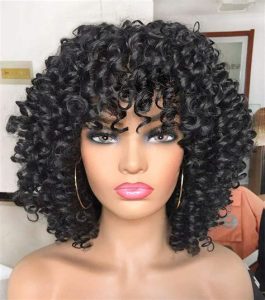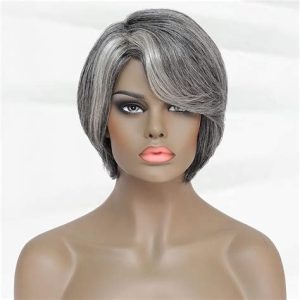Short Pixie Wigs vs Synthetic Straight Wigs vs Lace Front Wigs: The Best Choice for 2025
Introduction
In the ever-evolving world of hairstyling, wigs have emerged as a versatile and stylish solution for achieving a desired look without committing to a permanent change. Among the vast array of wig options, short pixie wigs, synthetic straight wigs, and lace front wigs stand out as popular choices for their unique characteristics and versatility. This comprehensive guide will delve into the benefits, drawbacks, and key factors to consider when choosing between these three types of wigs, empowering you to make an informed decision that aligns with your hair goals and budget.

Short Pixie Wigs: Edgy and Stylish
Characterized by their short, cropped style, pixie wigs exude an aura of confidence and sophistication. They are ideal for those looking to embrace a bold and edgy look.
Benefits of Short Pixie Wigs:
- Versatile: Pixie wigs can be styled in various ways, from sleek and polished to messy and textured.
- Low maintenance: Their short length makes them easy to care for, requiring minimal brushing and styling.
- Comfortable: Pixie wigs are lightweight and airy, providing a comfortable fit throughout the day.
Drawbacks of Short Pixie Wigs:
- Limited length: The short style limits the versatility of styling options compared to longer wigs.
- May not suit all face shapes: Pixie wigs may not be suitable for certain face shapes, such as round or wide faces.
Synthetic Straight Wigs: Affordable and Versatile
Manufactured from synthetic fibers, straight wigs offer a sleek and natural appearance at an affordable price.
Benefits of Synthetic Straight Wigs:
- Cost-effective: Synthetic wigs are significantly cheaper than human hair wigs, making them a budget-friendly option.
- Versatile: They come in various colors, lengths, and textures, providing ample options for customization.
- Heat-resistant: Some synthetic wigs are heat-resistant, allowing for styling with heat tools.
Drawbacks of Synthetic Straight Wigs:
- Less natural-looking: Synthetic wigs may have a slightly artificial look and feel compared to human hair wigs.
- Tangles more easily: Synthetic fibers are prone to tangling, requiring regular brushing and detangling.
- Shorter lifespan: Synthetic wigs generally have a shorter lifespan than human hair wigs.
Lace Front Wigs: Realistic and Seamless
Lace front wigs feature a sheer lace panel along the hairline that creates the illusion of a natural scalp. This provides a seamless and realistic appearance, making them a popular choice for those seeking a high-quality wig with a natural look.
Benefits of Lace Front Wigs:
- Natural appearance: The lace front creates a realistic hairline that blends seamlessly with your skin tone.
- Versatile styling: Lace front wigs allow for a wide range of styling options, including buns, ponytails, and braids.
- Long-lasting: With proper care, lace front wigs can last significantly longer than synthetic wigs.
Drawbacks of Lace Front Wigs:
- Expensive: Lace front wigs are the most expensive type of wig, with prices ranging from a few hundred to thousands of dollars.
- Require professional installation: It is recommended to have a professional install and style a lace front wig for optimal results.
- High maintenance: Lace front wigs require regular cleaning, conditioning, and touch-ups to maintain their natural appearance.
Choosing the Right Wig for You: Key Factors to Consider
The choice between short pixie wigs, synthetic straight wigs, and lace front wigs ultimately depends on your individual preferences, lifestyle, and budget. Here are some key factors to consider:
- Intended use: Determine the purpose of the wig, whether it’s for daily wear, special occasions, or medical reasons.
- Maintenance: Consider the amount of time and effort you are willing to invest in wig care and maintenance.
- Budget: Set a realistic budget for your wig purchase, taking into account the initial cost and ongoing expenses for styling and maintenance.
- Face shape: Choose a wig style that complements your face shape and highlights your best features.
- Desired look: Envision the overall look you want to achieve, considering your hair texture, color, and length preferences.
Case Study: A Comparative Analysis
To illustrate the differences between the three wig types, let’s consider a case study comparing two individuals who purchased different wigs:
Individual A:
- Purchased a short pixie wig
- Primary motivation: Edgy and stylish look
- Budget: Limited
- Maintenance: Low maintenance was a priority
Individual B:
- Purchased a lace front wig
- Primary motivation: Natural and realistic appearance
- Budget: Willing to invest in a high-quality wig
- Maintenance: Committed to regular cleaning and touch-ups
Results:
- Individual A was satisfied with their short pixie wig, finding it to be comfortable, easy to style, and within their budget.
- Individual B opted for a lace front wig that exceeded their expectations, providing a flawless and realistic appearance. They were willing to invest in the higher cost and maintenance to achieve their desired look.
Tips and Tricks for Wearing Wigs
Regardless of the wig type you choose, here are some tips and tricks for wearing wigs with confidence:
- Secure the wig properly: Use wig caps, clips, or adhesives to ensure the wig fits snugly and stays in place.
- Style the wig to your liking: Experiment with different partings, hairspray, and styling products to create a natural-looking style.
- Take care of your wig: Follow proper care and maintenance instructions to extend the lifespan of your wig.
- Don’t be afraid to personalize it: Add accessories, such as headbands or clips, to make the wig your own.
- Wear it with confidence: A wig should enhance your self-expression, so wear it with pride and confidence.
Frequently Asked Questions (FAQs)
1. Which wig type is the most durable?
Lace front wigs generally have a longer lifespan than short pixie wigs and synthetic straight wigs with proper care.
2. Is it possible to dye a wig?
Yes, but it is only recommended for synthetic wigs that are specifically labeled as “dyeable.”
3. Can I swim in a wig?
It is not recommended to swim in any type of wig, as the water and chemicals can damage the fibers.
4. How often should I wash my wig?
The frequency of washing depends on how often you wear your wig and the type of wig. In general, synthetic wigs should be washed every 6-8 wears, while human hair wigs can be washed less frequently, every 10-12 wears.
5. Can I sleep in a wig?
Wearing a wig to bed is not recommended, as it can put unnecessary stress on the wig and cause tangles.
6. How do I store my wig?
When not in use, store your wig on a wig stand or in a wig box to maintain its shape and prevent tangling.
Conclusion
Whether you are seeking an edgy and stylish look with a short pixie wig, a versatile and budget-friendly option with a synthetic straight wig, or a realistic and seamless appearance with a lace front wig, there is a perfect wig out there for you. Consider the key factors outlined in this guide, do your research, and choose the wig that aligns with your needs and preferences. With proper care and maintenance, your wig can become a cherished addition to your hair wardrobe, empowering you to express yourself with confidence and individuality.
